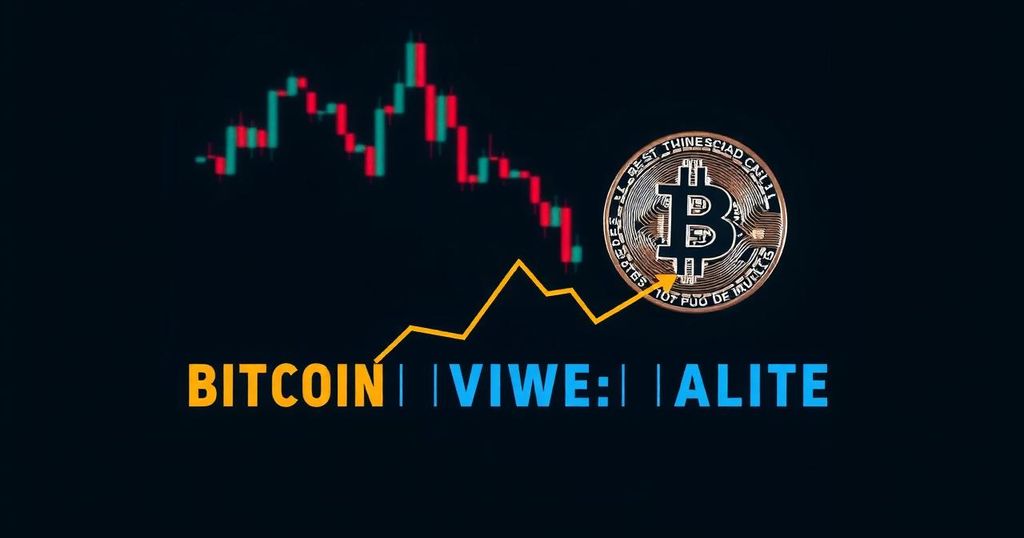Bitcoin Faces Potential Decline Amidst Whale Sell-Offs and Market Fear
In recent developments within the cryptocurrency landscape, the price of Bitcoin appears poised for further decline, primarily influenced by substantial sell-offs from whale investors. On Thursday, Bitcoin (BTC) closed below a critical support level of approximately $57,000, prompting concerns over an impending bearish trend as it trades near $55,360 on Friday, September 6, during the mid-London session. This decline has not only affected Bitcoin but has also caused a ripple effect across the altcoin market, notably impacting Ethereum (ETH) and Solana (SOL).
Market analysts, including Arthur Hayes, co-founder of BitMEX, foresee the potential for Bitcoin to dip below $50,000 over the weekend. Veteran trader Peter Brandt has echoed this sentiment, suggesting that the price may drop to around $46,000, following the formation of a macro megaphone pattern in Bitcoin’s trading behavior. Contrarily, both analysts noted that a bullish reversal could materialize should Bitcoin achieve consistent closures above $65,000, with aspirations reaching up to $70,000 shortly thereafter. However, Brandt warns that prevailing selling pressures significantly outweigh buying sentiments in the weekly analysis, indicating a bearish undertone.
Recent on-chain data reveals that whale activity has intensified, with substantial quantities of Bitcoin being sold. The fear and greed index for Bitcoin has fallen to 22 percent, signaling a period of extreme market fear. Just this week, it was reported that a whale investor deposited 4,544 Bitcoins, valued at approximately $265 million, to the Binance exchange within a span of seven days, further exacerbating the market’s volatility.
Simultaneously, the U.S. spot Bitcoin ETFs, particularly Fidelity’s FBTC, have witnessed seven consecutive days of net cash outflows, accumulating losses of around $211 million, underscoring a waning investor confidence in the market.
As key Bitcoin events have unfolded this year, including halving and spot ETF approvals, market participants now attentively await the anticipated Federal Reserve interest rate decision on September 18. Analysts speculate that a favorable shift could initiate a substantial bull market in the fourth quarter, possibly extending into the following year.
Amidst these fluctuations, it is noteworthy that long-term investors, exemplified by institutions such as BlackRock, remain steadfast in their holdings. The supply of Bitcoin on centralized exchanges has concurrently declined sharply over the past five months, defying the bearish sentiment that has permeated the market.
In summary, while the short-term outlook for Bitcoin remains concerning, particularly amidst the heavy selling by whales and a bearish market psychology, the resilience of institutional investors and the potential impact of future economic policy decisions may play pivotal roles in shaping the market’s trajectory moving forward.








Post Comment